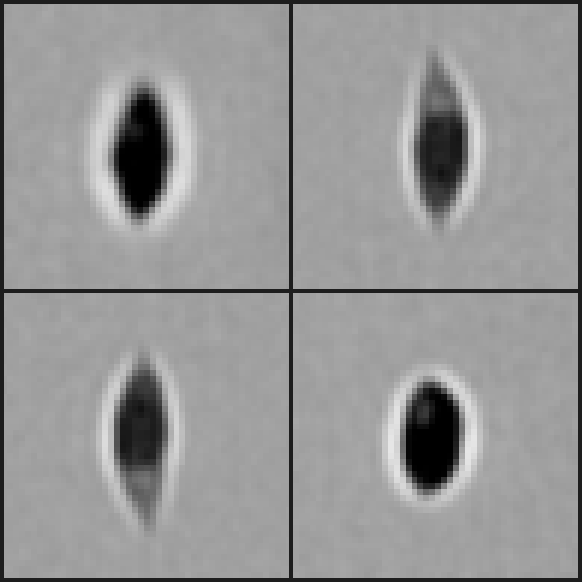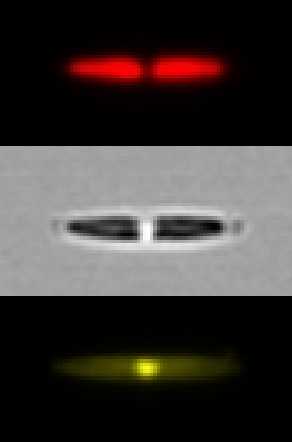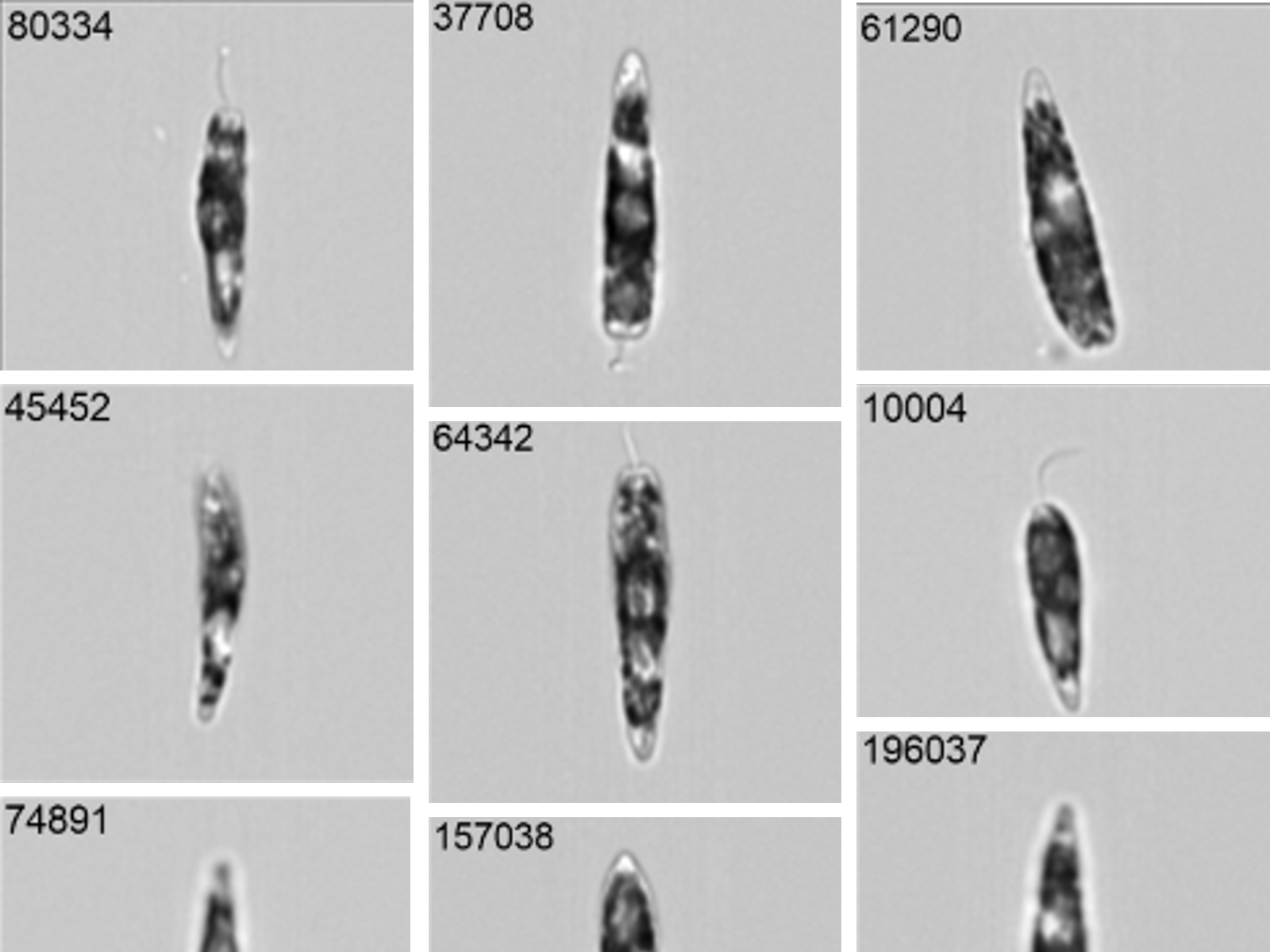Cytometry
Powerful Single Cell Analytics
Cytometric Analysis
In just a matter of minutes, hundreds of thousands of microbes are scanned by a high-powered laser beam. Every microbial cell is stained by a cocktail of fluorescent molecules and is forced to reveal its secrets. No microbe goes unseen. Bacteria, fungi, (micro-)algae and others are measured in just one analysis. Our Supervised Learning toolbox translates this information into actionable insights.
Fluorescent Labeling Enables Complete Detection
Accurate Technology for Bacteria
Most farmers and growers still rely on agar plating techniques for their microbiological quality assessments. However, science has proven that cytometry is a more powerful analytical technology:
- Higher accuracy (< 7 % variation),
- Large detection range (100 – 100,000 cells)
- Measures ~100 % of the bacterial cells in the sample, rather than < 0.5 % that grow on an agar plate (Great Plate Count anomaly).
- KytoVials standardize sample data quality
Bacterial Taxonomy Models
We train supervised learning algorithms to create markers for detecting selected bacterial populations. These markers are trained to give a reliable indication for the presence and abundance of these taxonomic groups.
We don’t strive to reach the accuracy and sensitivity of diagnostic analyses but rather create practical tools to track these populations of interest.
Today we have markers for the following populations for Tropical Aquaculture applications: Vibrio, Tenacibaculum, Phaeodactylibacter and Rhodobacteraceae.
Algae Identification Models
Algae are typically measured using microscopic techniques which involve tedious manual labour. Our cytometric workflows are not only more quantitative and accurate, but also much quicker and reproducible. Our algae identification models are trained to identify the populations at the single-cell level.
Today, our models are capable of identifying the following populations: Chaetoceros spp., Isochrysis spp., Thalassiosira spp., Tetraselmis spp., Small green algae and Cyanobacteria

Fungi/Molds Phenotype Models
Farmers and growers are facing major threats from Fungi and Water Molds related diseases. From a detection perspective, they pose additional difficulties because multicellular mycelia are difficult to objectively quantify. DNA and cultivation-based methods, which are bulk methods therefore tend to not accurately evaluate the real disease pressure on the system.
We have predictive models that are capable of identifying the specific zoospore phenotype of Oomycetes and related-fungi at the single-cell level in aquatic environments. As this is the motile phenotype of these disease-bearing organisms, this measurement is more strongly correlated to the disease-risk of the system.
R&D is ongoing to further refine the phenotype-identification as well as taxonomic assignment of these spores.
Your Data Is Always Up To Date!
Continuous Annotation and Data Curation
Our supervised learning algorithms are trained using carefully annotated data. For each biome we have developed annotation and validation workflows. To continuously improve the performance of our models we take the following actions:
- Curated selection of samples for annotation of new microbial populations
- Re-annotation and validation of microbial populations through manual curation
- Retraining of complete predictive model workflow
- Periodic reanalysis of all customer data using improved model data

Microbiome Tools for Farmers
Getting a grip on the microbiome during is challenging. Rigorous biosecurity protocols and the occasional diagnostics test are everyday reality. Unfortunately, once established, diseases prove difficult to fully eradicate. We are firm believers in a preventive, rather than a curative approach.
By routinely screening the microbial heath for deviations in every biome (e.g. algae, bacteria, and more) we can act sooner, and prevent disastrous events. Cyanobacterial blooms, a spontaneous growth event of fastidious bacteria, or a sudden decrease in bacterial diversity, our platform is designed to detect these events.
Microbiome Health Tools
Detailed overview of the microbial health in your system
Microbial load
High bacterial loads increase the risk for disease and phytoplankton blooms.
Algae identification
The right microalgae balance is crucial for optimal hatchery/farm cultivation.
Diversity
A healthy microbial diversity is important for optimal system functioning.
Growth risk
Early identification of risk for opportunistic bacterial growth is key to prevent disease.
Farm Management Tools
Practical tools to help guide day-to-day farm management decisions
Biofloc formation
Evaluate the amount and size of your bioflocs to optimize production.
Activity
Bacterial activity measurements show the level of eutrophication of your system and can help identify overfeeding.
Species markers
Bacteria- and algae-specific markers allow for targeted intervention.
Trophic index
The trophic index helps you steer to a heterotrophic, mixotrophic or autotrophic farming regime.
Product Management Tools
Advanced algorithms help you make smarter decisions with your biocontrol products.
Dose recommendation
Probiotic and santizer dose recommendations to optimize their efficacy.
Treatment efficiency
Know the treatment efficacy under optimal conditions for every dose reccomendation.



